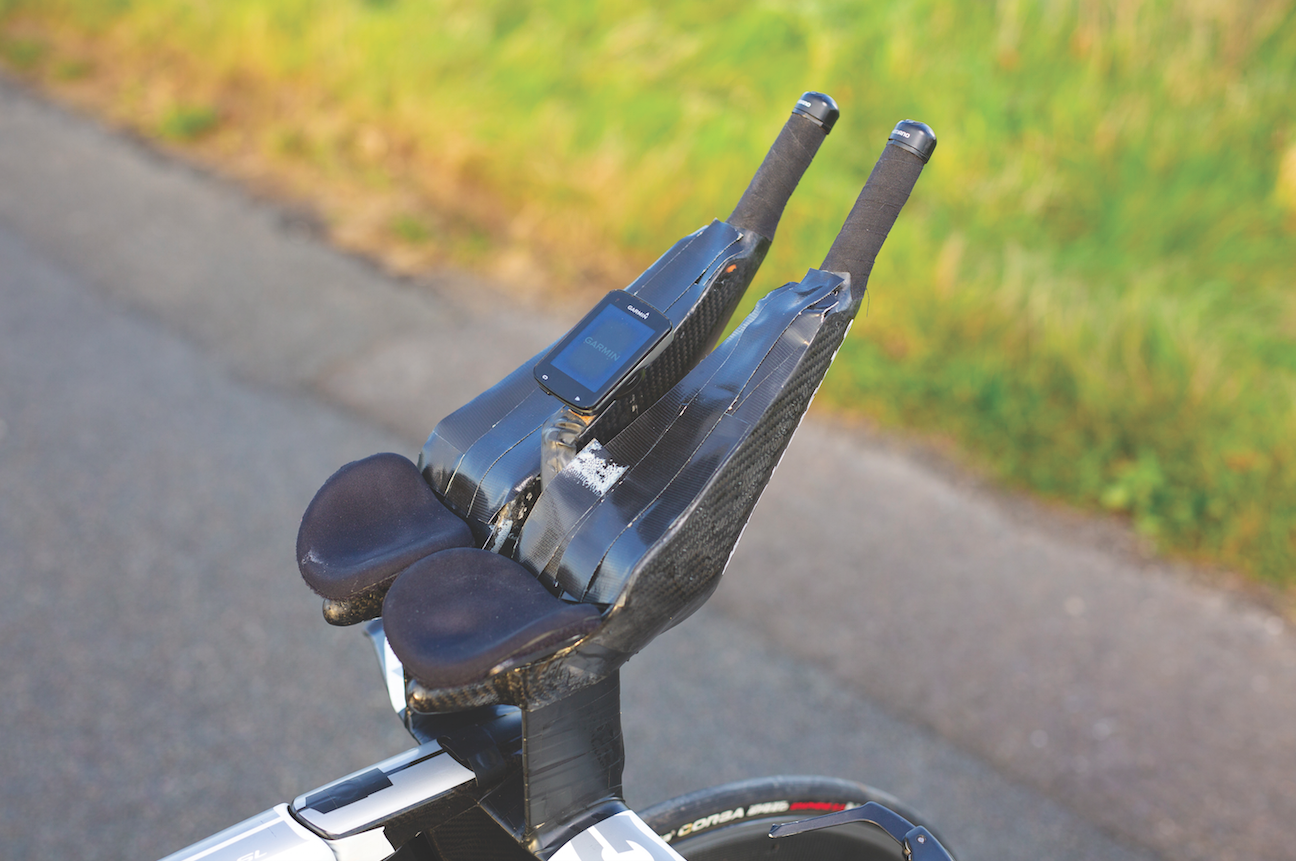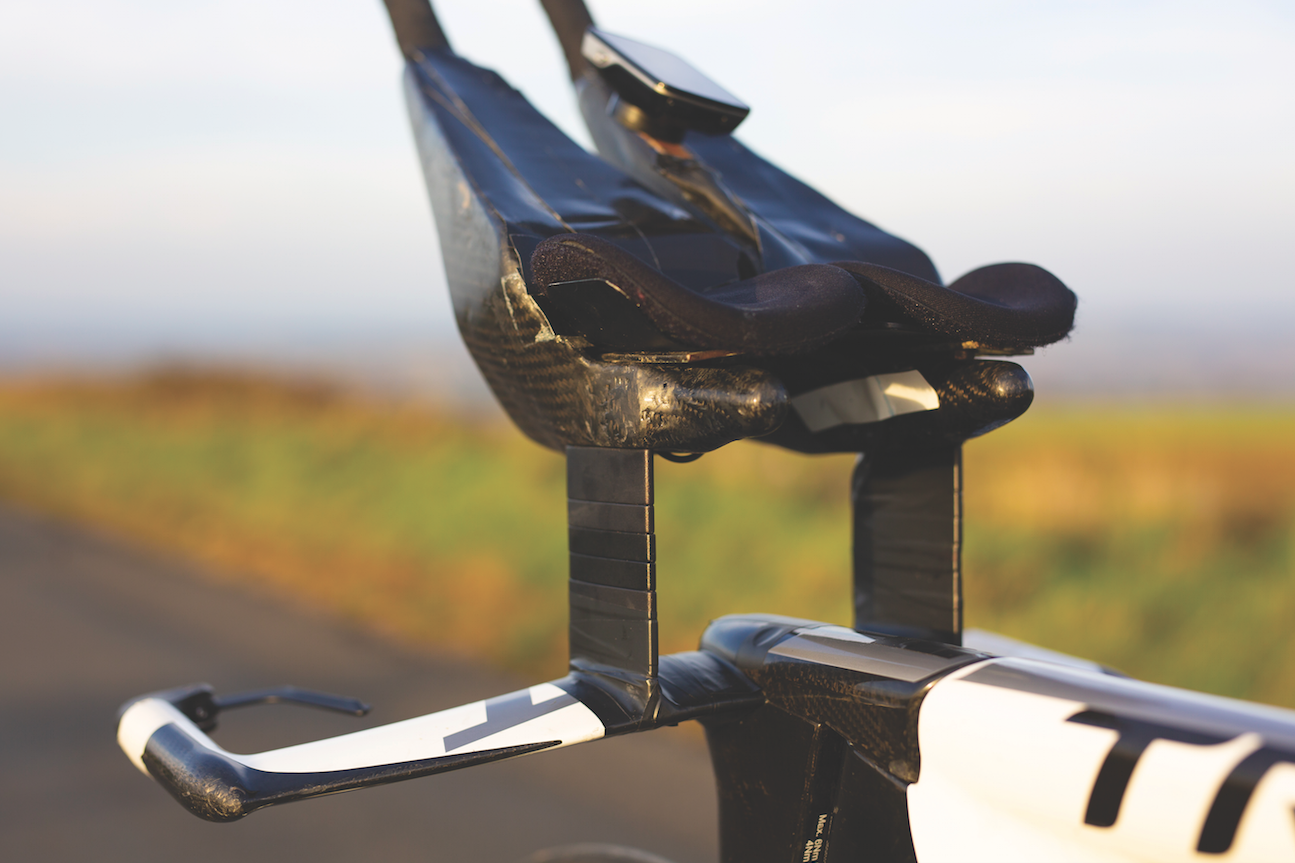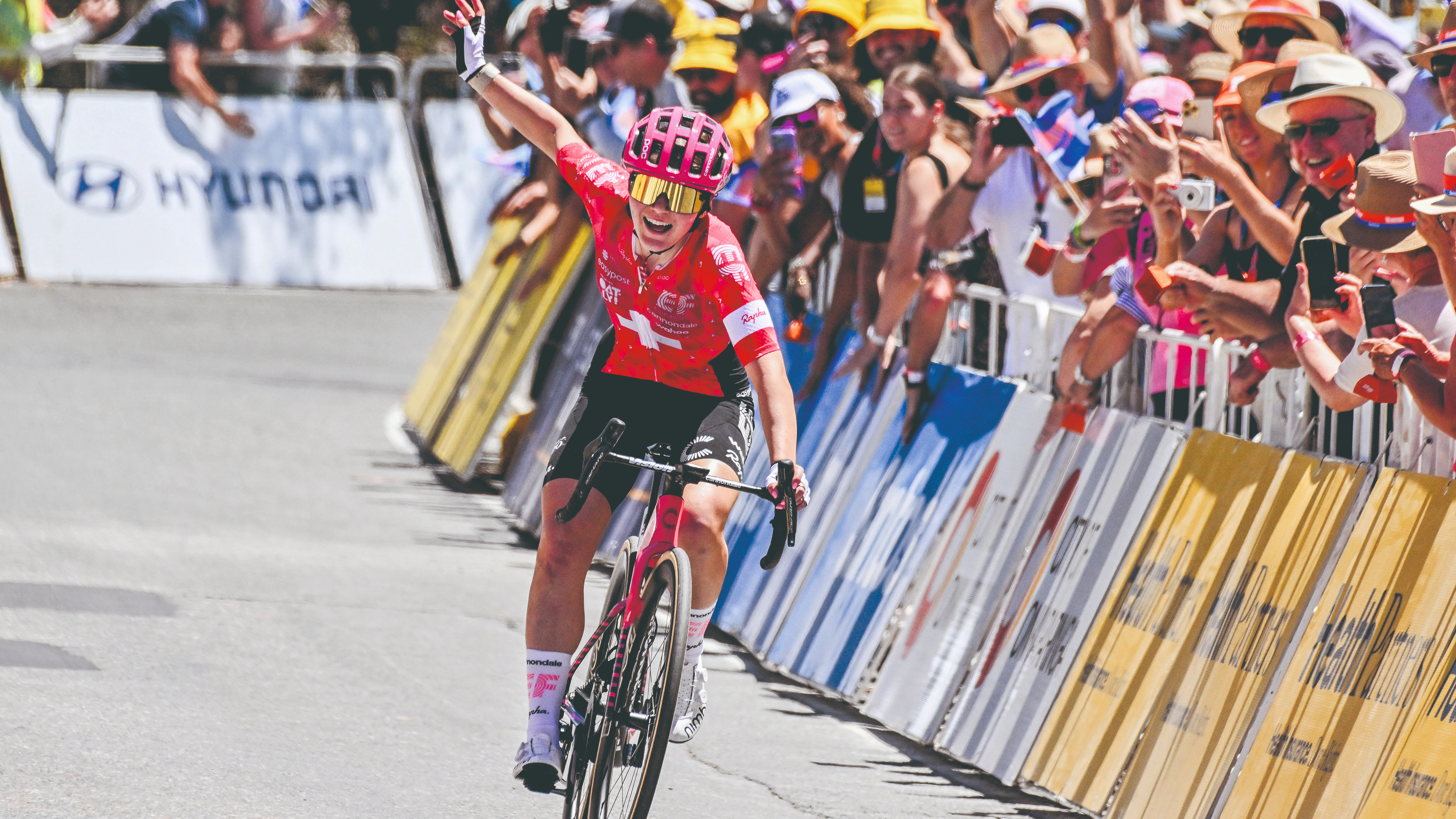Record-breaking homemade time trial bars could go into production by 'big name in F1'
Obree-style innovation has attracted the attention of Motorsport Valley


The custom carbon fibre tri-bars that Jonathan Shubert made in his garage to break the 100-mile straight-out record earlier this month could be on the market in 2021, manufactured by “one of the biggest names in F1,” according to the Arctic Aircon RT rider and former science teacher from Oxfordshire.
Shubert told Cycling Weekly: “Nothing has been agreed on paper yet, but we’ve been putting together business models with some big names in the motorsport industry and are now looking at distribution. There’s a lot of people who are very interested."

Shubert, who averaged 33.7mph when he became the first man to break the three-hour barrier for 100 miles on a point-to-point course from Milton Keynes to Norfolk, explained that his bars were not UCI legal, but that’s what makes them so exciting.
In aero testing, Shubert confirmed they saved between 11 and 16 watts compared to a 50 degree angle ski-bend bar without the fairing, equivalent to 25 seconds in a 10-mile time trial, and were also considerably faster than the current generation of UCI-legal faired bars.

“All the other bars that hug the forearm are trying to conform to this set of regulations that limits their development," said Shubert. "There’s one other German company that produces the Wunderbar – and it’s only us and them that are targeting outside of the UCI – the triathlon market, time trialling, where they are legal. There’s a lot of disposable income there, and people want to spend money. You see how much they spend to save just a watt and a half with a CeramicSpeed pulley arm, so these will be a game-changer."
DIY R&D
Shubert drew the design on CAD, 3D printed the basic shape, created a carbon shell and built in the interfaces inside the carbon.
“I had never worked with carbon before,” he explained, “but this pushed me into researching it and learning how to do all the vacuuming and everything else that goes with it. It was a very laborious process and took a very long time. When people asked me to make them a set I would say, 'you have no idea how many hours I spent!' You walk away while you leave the resin to set and then come back eight hours later, but I would say it was a good week’s worth of work.”

Like all the best inventions, the bars were made in the garage. “I have some big wooden work benches where I was clamping each side and applying the coats of resin,” said Shubert.
Was Shubert happy with his week’s work?
“Yes and no. I added slight aerofoil underneath afterwards and I wasn’t happy with the finish I came up with the first time so I sanded them down and applied another finish, and even another layer of carbon-fibre because I messed up the first time. The whole time it was a learning process. I got there in the end with what was functional and what I needed them to do.”
However, Shubert has kept some of his secrets under wraps, or rather gaffer tape: “There’s things that we can’t yet reveal but you can see the tops of the bars are taped over. I can tell you nobody else is doing anything like this.”

Thank you for reading 20 articles this month* Join now for unlimited access
Enjoy your first month for just £1 / $1 / €1
*Read 5 free articles per month without a subscription

Join now for unlimited access
Try first month for just £1 / $1 / €1
Get The Leadout Newsletter
The latest race content, interviews, features, reviews and expert buying guides, direct to your inbox!
Simon Smythe is a hugely experienced cycling tech writer, who has been writing for Cycling Weekly since 2003. Until recently he was our senior tech writer. In his cycling career Simon has mostly focused on time trialling with a national medal, a few open wins and his club's 30-mile record in his palmares. These days he spends most of his time testing road bikes, or on a tandem doing the school run with his younger son.
-
 How do the pros train? Noemi Rüegg's 26 hour training week
How do the pros train? Noemi Rüegg's 26 hour training weekWinner of this year’s Tour Down Under, the EF Education-Oatly rider is a climber whose talent is taking her to the top
By Chris Marshall-Bell
-
 Save £42 on the same tyres that Mathieu Van de Poel won Paris-Roubaix on, this Easter weekend
Save £42 on the same tyres that Mathieu Van de Poel won Paris-Roubaix on, this Easter weekendDeals Its rare that Pirelli P-Zero Race TLR RS can be found on sale, and certainly not with a whopping 25% discount, grab a pair this weekend before they go...
By Matt Ischt-Barnard